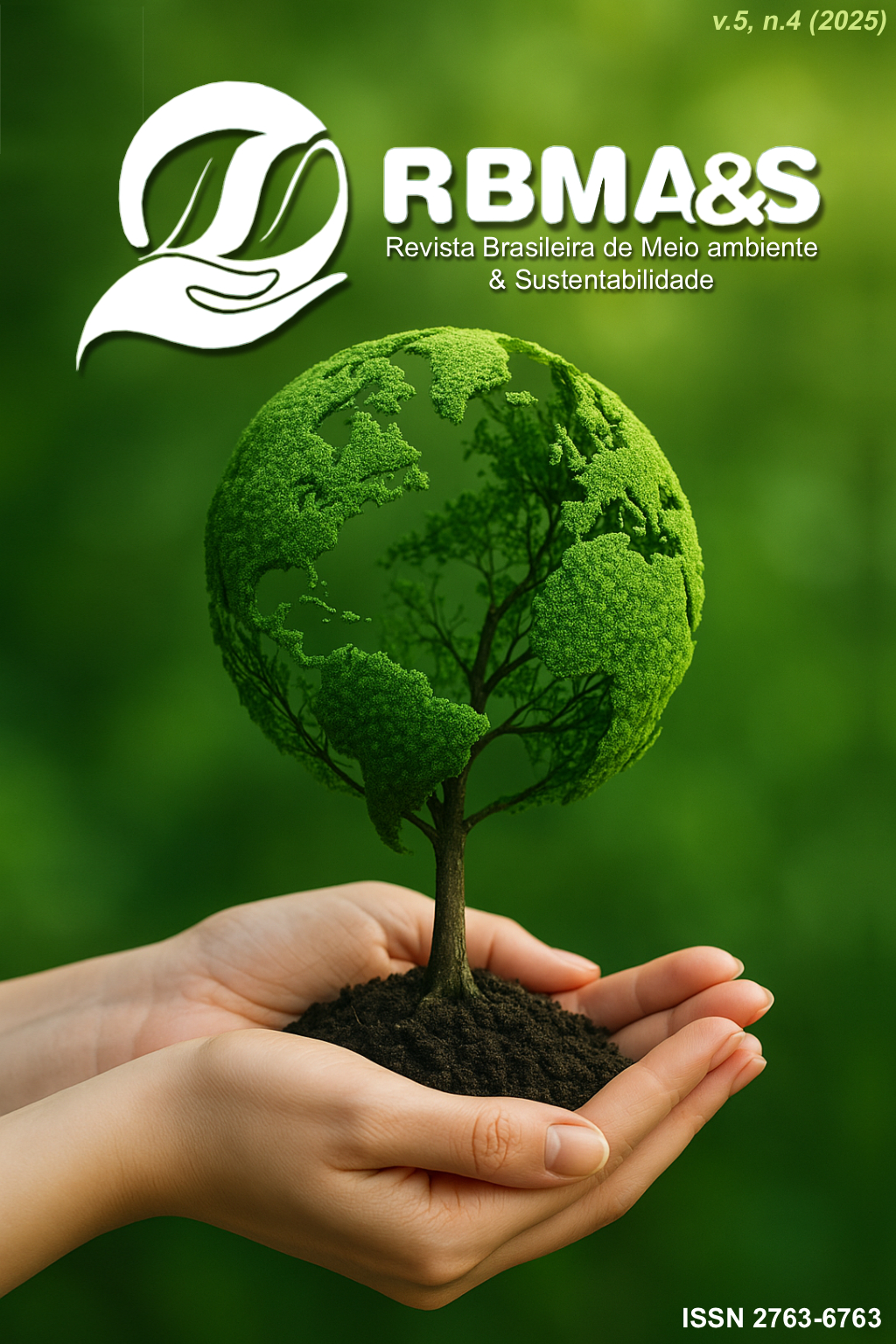PROPOSTAS DE REMEDIAÇÃO DA DEGRADAÇÃO E RECUPERAÇÃO DO LAGO DO PARQUE DAS ÁGUAS (CAMPINAS-SP): AVALIAÇÃO DE IMPACTOS AMBIENTAIS REMEDIATION PROPOSALSOF THE DEGRADATION AND RESTORATION OF THE LAKE AT PARQUE DAS ÁGUAS (CAMPINAS-SP): ASSESSMENT OF ENVIRONMENTAL IMPACTS
Main Article Content
Abstract
ABSTRACT
Environmental degradation in urban areas has intensified in recent decades, especially in aquatic ecosystems, where the impacts of unplanned growth, diffuse pollution, and irregular land use compromise water quality and local biodiversity. In this context, urban parks play an essential role in promoting sustainability, recreation, and environmental conservation, yet they face increasing challenges related to the maintenance and preservation of their natural resources. Therefore, this study aimed to identify the factors responsible for the degradation of water resources in Parque das Águas, located in Campinas (SP), and to discuss the ecological and social relevance of this space for the community. A historical survey was conducted from the 18th century to the creation of the park through a private initiative, considering the period in which the area became public property. Identified impacts included the burial of springs, siltation of lagoons, soil erosion, low water flow, and excessive proliferation of lotus flowers (Nelumbo nucifera). In addition, infrastructure, security, and lighting issues led to a decline in visitor attendance. The case study identified root causes and proposed remediation measures, including reforestation actions, dredging, and appropriate management of aquatic vegetation. The research also discussed a public revitalization initiative, estimated between R$350,000 and R$400,000, aligned with the recommendations presented, reinforcing the importance of sustainable management of urban parks for environmental preservation and improved quality of life for the population.
Keywords: Water resources; springs; siltation; lagoon; Parque das Águas.
Downloads
Article Details

This work is licensed under a Creative Commons Attribution 4.0 International License.

